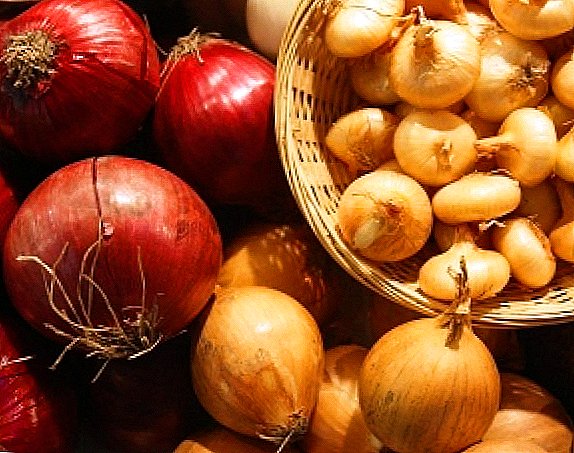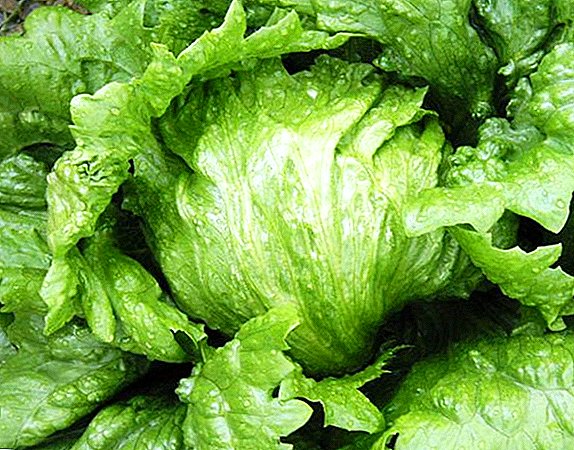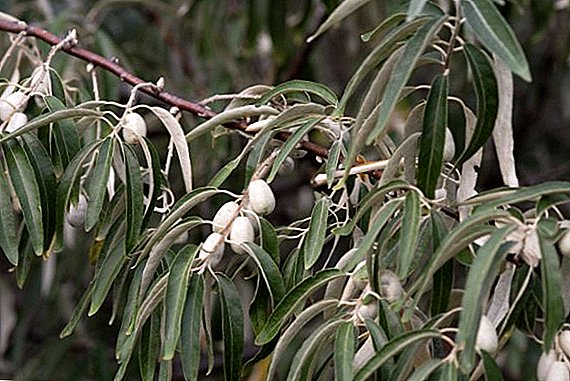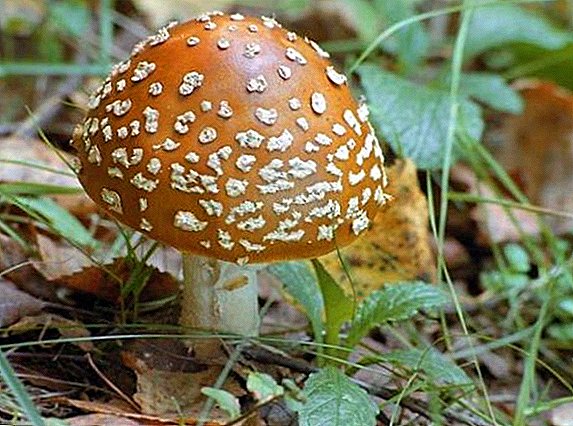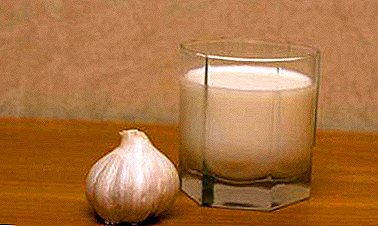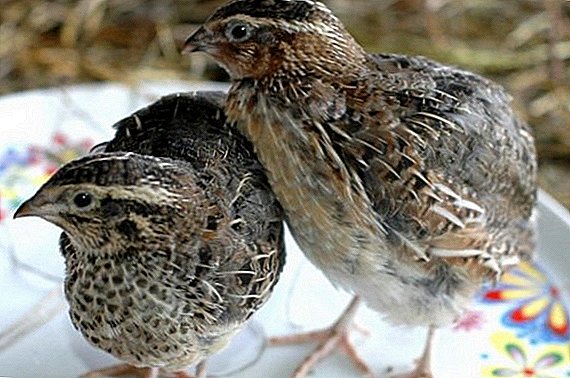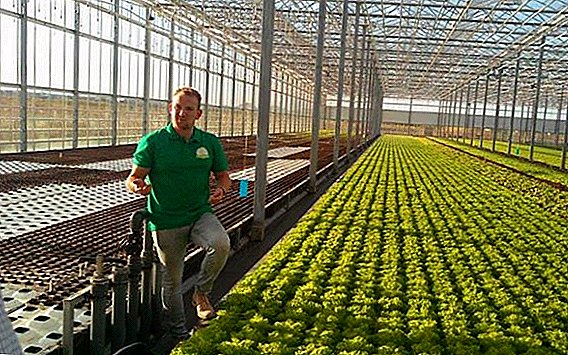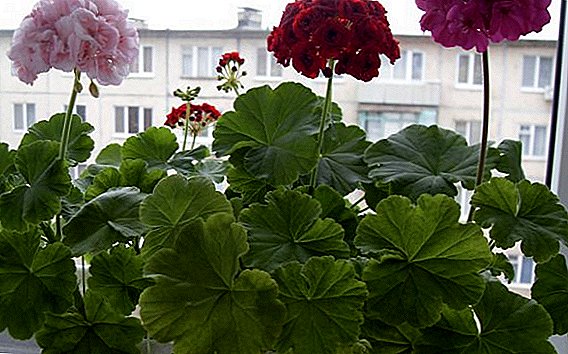 Geranium, or pelargonium - a well-known indoor plant. This beautiful and useful flower is a frequent inhabitant of home window sills. In the proposed material we will talk about how to properly organize the wintering of geraniums, what conditions need to be created in order to preserve the plant during the cold period and ensure long flowering.
Geranium, or pelargonium - a well-known indoor plant. This beautiful and useful flower is a frequent inhabitant of home window sills. In the proposed material we will talk about how to properly organize the wintering of geraniums, what conditions need to be created in order to preserve the plant during the cold period and ensure long flowering.
Periods of rest and growth
Like all flowering plants, pelargonium periodically takes time to gain strength for the next period of growth and in order to lay the buds of flowers. This time is called the rest period. In geranium, it lasts about three months - from December to March. During this period, the plant slows down the development, often stops flowering, minimally uses the nutrients, in other words - resting from the rich and long flowering. The plant at this time needs special conditions of maintenance and care.  After resting, geraniums begin a period of active growth, lasting about six months - from early March to the last days of August.
After resting, geraniums begin a period of active growth, lasting about six months - from early March to the last days of August.
Did you know? In nature, geranium has no variation in color, it has one shade. - lilac.
How to care for geraniums in the winter in the apartment?
To save the geranium in the winter, you must adhere to the rules. Consider them further.
Lighting
Due to its South African origin, geranium is a light-loving plant, it needs a lot of bright light - at least 12 hours of daylight. If possible, the flower can be placed on the sunny windowsill - the plant is not afraid of the direct rays of the sun.  If the flower is transferred to the northern window sill for the winter period, then you should take care of additional illumination, otherwise the plant will stop flowering and shred the leaves. Fitolamps located 10 cm above the top edge of the flower are recommended for additional lighting.
If the flower is transferred to the northern window sill for the winter period, then you should take care of additional illumination, otherwise the plant will stop flowering and shred the leaves. Fitolamps located 10 cm above the top edge of the flower are recommended for additional lighting.
Temperature
In the cold season, the plant requires a cooler room than the one in which the flower was in summer. If it is impossible to fulfill this condition, it is possible to place the geranium on the northern sill, but with the condition that the plant does not touch the glass.
Find out what to do if indoor geranium does not bloom.
The necessary temperature for keeping geraniums in winter is + 10 ... + 15 ° С. In exceptional cases, the temperature may be reduced to + 6 ° C.
How often to water?
Watering needs regular. In winter - once a week. The soil should be kept in a state of uniform moisture. If the drainage system is unsuitable, excess overflow can lead to stagnant water at the roots, which will destroy the flower.  Also for the flower too dry air is destructive, therefore, a stationary humidifier or a container with water should be placed next to the flower.
Also for the flower too dry air is destructive, therefore, a stationary humidifier or a container with water should be placed next to the flower.
How to feed a geranium?
Fertilizing is carried out twice a month with mineral fertilizers - potassium, magnesium, zinc, iron and copper. When using complex fertilizer, make sure that nitrogen in it is at a minimum - otherwise there will be a rapid growth of foliage to the detriment of flowers. Also note that fresh litter, manure or compost is contraindicated for pelargonium.
Important! In order not to burn the roots of the plant, before feeding the geranium must be watered.It is not recommended to do top dressing at too high temperature in the room - this can provoke stress in the plant.
Do I need to cut the geranium?
If the plant is not cut, it will increase the green mass, stretching in length, and stop flowering. Pruning stimulates the development of new lateral processes and the formation of a beautiful flower shape. In addition, geranium without pruning is prone to disease.
Pruning is done in the autumn, some varieties are pruned in the spring, and in December-January it is better not to carry out this procedure. Swollen flower stalks and leaves should be cleaned constantly, even in cold weather.  Consider the autumn pruning geranium, which is produced in early September. The cuts are made with a prepared tool at an angle of 45-60 ° above the sheet node by 5 mm. Only nodes with the direction of growth opposite to the main stem are pruned.
Consider the autumn pruning geranium, which is produced in early September. The cuts are made with a prepared tool at an angle of 45-60 ° above the sheet node by 5 mm. Only nodes with the direction of growth opposite to the main stem are pruned.
Learn how to properly trim and pinch geranium for lush flowering.
Procedure:
- To make it easier to get to the middle, first remove the external stems. If necessary, remove a large number of stems pruning done several times, with a two-, three-week break.
- For the formation of new peduncles when trimming the tips of the stems leave from 4 to 5 leaf nodes.
- Shredded activated carbon or cinnamon is applied as a disinfection to a wound formed after cutting.
- To maintain the plant in the soil make nitrogen feed.
Such pruning is carried out to create a plant comfortable conditions - contributes to its health and bright flowering.
Video: How to cut geraniums for the winter
When the flower is still young, instead of pruning, pinching is done:
- Pinch a young plant when its height reaches 5-6 cm.
- The second time they pinch when the flower grows another 5 cm.
- To get a spherical shape of a flower, you need to repeat the pinching in the same pattern three times.
Did you know? The smell of geranium relieves fatigue and headaches, helps to relax.
Can I Replant?
Pelargonium transplantation is possible, and sometimes even necessary. Causes of transplantation can be:
- Overgrown roots and as a result of this - the need for more capacity.
- Accidental flooding of plants with water.
- Lack of flowering with proper care and feeding.
 Geranium transplanted by transshipment. Transplant produced in a box or pot. In the box when planting pelargonium between the bushes should be at least 20 cm. The pot should be selected on the basis of how much the roots have grown. The capacity of the geranium transplanted into a tank too large for the root system will go well "in growth", but it will be bad to bloom. In a small pot, on the contrary - there will be an abundance of flowers.
Geranium transplanted by transshipment. Transplant produced in a box or pot. In the box when planting pelargonium between the bushes should be at least 20 cm. The pot should be selected on the basis of how much the roots have grown. The capacity of the geranium transplanted into a tank too large for the root system will go well "in growth", but it will be bad to bloom. In a small pot, on the contrary - there will be an abundance of flowers.When selecting a container, one should proceed from the fact that for one bush a pot with a diameter along the upper edge of no more than 15 cm and a height of 10-15 cm is needed.
Soil is also important for successful transplantation. This can be a special substrate acquired in a specialized trading network or a self-prepared earthen mixture of 8 parts of sod land, 2 parts of humus and 1 part of sand.
Important! Frequent transplants are unfavorable for a flower; it is much better to have an annual replacement of topsoil in a pot.
Does it bloom in winter?
Despite the fact that in winter the plant begins a period of rest, with proper care, geranium blooms during this period. For this, the temperature at the location of the flower should be in the range of + 10 ... + 12 ° С, watering once a decade and the complete absence of dressings.  Under these conditions, geranium even in winter will be pleased with abundant and prolonged flowering.
Under these conditions, geranium even in winter will be pleased with abundant and prolonged flowering.
Learn how and when it is best to plant geraniums at home.
Why does geranium turn yellow and dry?
There are several reasons for such an unpleasant phenomenon in winter:
- Lack of light. Gradual yellowing and drying of the lower leaves, stretching the stem, rare and poor flowering. The solution to the problem: change the location of the flower closer to the light or provide additional lighting.
- Excess moisture. Yellowing of the leaves, their lethargy, wateriness and drying out. Solution: check the drainage system of the pot, transfer the flower to another container.
- Lack of moisture. The appearance on the leaves of dry yellow on the verge of a brown border, a noticeable pigment on the whole plant. Solution: regular watering.
- The temperature of the content is below normal. The appearance on the leaves at the beginning of the red border, which then turns into a yellow, drying leaves. Solution: moving the container with a flower to a place more convenient for it due to temperature and humidity.
- Fungal diseases. The appearance on the leaves of yellow spots, growing all over the leaf; gray or white scurf is possible. Drying leaves. The defeat of the whole plant. Treatment: immediate spraying with a fungicide (according to the instructions); if the flower is still small, immersing it entirely in the healing composition.
- Malicious insects. The appearance of small yellow dots on the leaves, on the reverse side - the habitat of insects. On the shoots possible cobwebs (sticky raid). Points over time increase in spots, drying of leaves. Treatment: use of a complex insecticide, twice with a pause of several days.
- Insufficient tank size. Uniform yellowing of the leaves, starting from the edges, gradual drying of the foliage and the stem. Problem solving: transplanting plants to a larger pot.
 Geranium is an unpretentious flower, but, nevertheless, requires competent and timely care. This is especially important in winter.
Geranium is an unpretentious flower, but, nevertheless, requires competent and timely care. This is especially important in winter.

